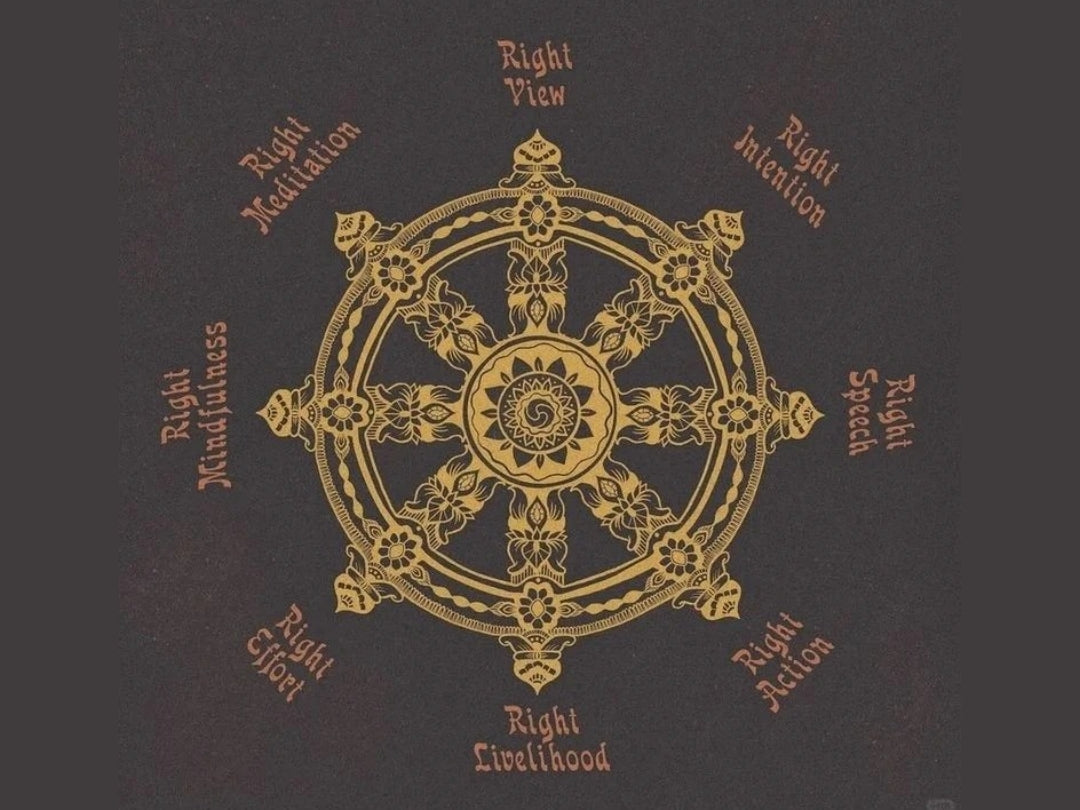In Tibetan Buddhism, the Medicine Buddha (药师佛), also known by his full name Bhaisajyagurvai-duryaprabhasa (Bhaisajyaguru 药师琉璃光如来), holds a revered position as a deity associated with healing and enlightenment. He is often referred to as the Great Physician King Buddha (大医王佛) or King of the Twelve Vows (十二愿王). His teachings and presence are central to the Pure Lapis Lazuli World of the East, symbolizing the removal of physical and spiritual suffering through his radiant, crystal-clear light.
The Medicine Buddha is one of the three Buddhas alongside Shakyamuni (释迦牟尼佛) and Amitabha (阿弥陀佛), collectively known as the Three Buddhas of the Horizontal Worlds (横三世佛).

The Twelve Great Vows of Bhaisajyaguru
When practicing the Bodhisattva path, Bhaisajyaguru made twelve significant vows to alleviate the suffering of all sentient beings, heal their physical and spiritual ailments, and lead them toward liberation. Below, we explore the Twelve Great Vows, their importance in Buddhist teachings, and their continued influence in Tibetan Buddhism.
To Illuminate All Realms
The first vow is to illuminate all realms with his radiance, dispelling the darkness of ignorance and leading all beings to enlightenment.
To Awaken the Mind of Enlightenment in All Beings
He vows to awaken in all beings the aspiration for enlightenment, ensuring that everyone seeks wisdom and compassion.
To Provide All with the Material Needs for Life
The third vow promises to provide all beings with material necessities, such as food and clothing, so that they can live without hardship and focus on their spiritual path.
To Heal All Physical and Mental Illnesses
The Medicine Buddha vows to cure all physical and mental suffering. His healing practices extend not only to the body but also to the mind and spirit.
To Lead Beings to a Moral Path
He pledges to guide all beings toward moral conduct, helping them avoid unwholesome actions and teaching them to lead righteous lives.
To Relieve the Poor and Provide Comfort
This vow focuses on alleviating poverty and suffering, offering comfort to those in need, and ensuring that everyone has the resources to live a dignified life.
To Guide Beings to Pure Faith
The Medicine Buddha vows to lead all beings to pure and unwavering faith, helping them overcome doubts and strengthening their spiritual resolve.
To Lead Beings to Correct Understanding
He promises to lead all sentient beings to a correct understanding of the Dharma (the teachings of the Buddha) and free them from confusion and misconceptions.
To Relieve the Suffering of Beings in Lower Realms
His ninth vow is to free those suffering in the lower realms (such as hell beings, animals, and hungry ghosts), offering them refuge and relief.
To Save Those Trapped by Suffering
The Medicine Buddha vows to rescue those trapped in the cycle of suffering, bringing them liberation from samsara (the cycle of birth and death) through his compassion.
To Provide All Beings with Spiritual Resources
This vow promises to provide all beings with spiritual resources, such as sacred teachings, so that they can progress on their journey toward enlightenment.
To Achieve Supreme Enlightenment for All Beings
Finally, the Medicine Buddha vows to lead all beings to the ultimate goal of supreme enlightenment, helping them reach the highest state of spiritual awakening.
The Role of Bhaisajyaguru in Tibetan Buddhism
In Tibetan Buddhism, Bhaisajyaguru is depicted as a resplendent figure, his body a vibrant shade of blue, symbolizing the healing properties of lapis lazuli. He is often shown seated on a lotus throne, holding a branch of the Arura tree (a medicinal plant) in his right hand, and a bowl filled with nectar in his left, symbolizing his role in curing all ailments—physical and spiritual. His form is often featured in Thangka jewelry, as his powerful healing energy and sacred vows resonate with the core beliefs of Tibetan Buddhist followers.

Bhaisajyaguru’s teachings and his twelve great vows have had a profound influence, especially in regions like Tibet, where blue is considered a healing color. His portrayal in Thangka art, jewelry, and other sacred items reflects his central role as a deity who offers both spiritual and physical remedies to the suffering.
The Rise of Bhaisajyaguru Amulets and Jewelry
One popular legend tells of the great Thai monk, Sangharaja Phramongkolthepmuni, the 12th Supreme Patriarch of Thailand, who famously promoted Bhaisajyaguru’s teachings. In the year 2430 in the Buddhist calendar, after receiving a sacred Bhaisajyaguru amulet, Sangharaja blessed water with the amulet and cured his teacher, who had been gravely ill. This miracle led to the widespread production and reverence of Bhaisajyaguru amulets and thangka jewelry, which symbolize healing and protection.
By wearing Thangka jewelry, particularly a Thangka necklace featuring Bhaisajyaguru, followers can carry with them the blessings of the Medicine Buddha, invoking his twelve great vows for protection, health, and spiritual guidance. This jewelry has become an essential part of Tibetan Buddhist practice, deeply revered for its sacred significance.




